VIDEO: Meet Derbyshire's own Dr Doolittle!
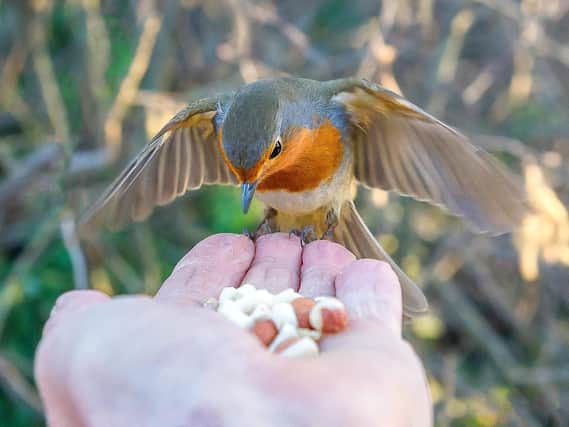

Steve Gray, 39, has spent three years gaining the trust of birds, voles and rats to develop an incredible bond.
The usually-timid creatures will happily approach Steve without fear and stay with him while they enjoy a meal of mealworms, sunflower hearts or seeds.
Advertisement
Hide AdAdvertisement
Hide AdHe was so surprised to see how close they would come that he managed to capture the astonishing behaviour on camera in a series of stunning images.
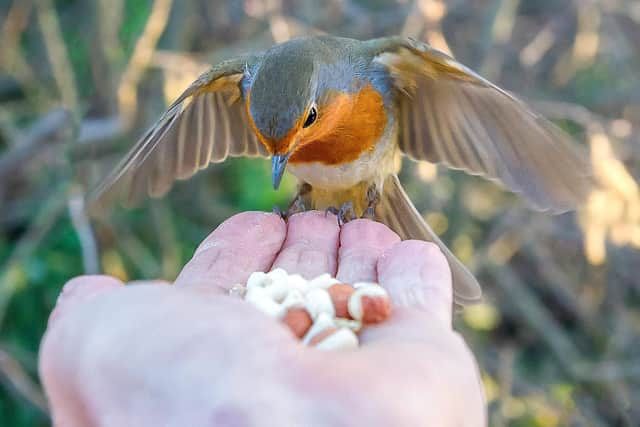

Steve said: "There is no better feeling, in my mind. The trust that develops is unbelievable.
"I’ve had robins perched on my hand with their backs to me - now, that is some trust!
"It all started about three years ago when I began to notice an increasing number of birds starting to appear in the trees in the area where I walked my dogs.
Advertisement
Hide AdAdvertisement
Hide Ad"I started taking some bird food down with me and leaving it on a nearby fence. Eventually, the birds would be waiting for me, perched on the fence.
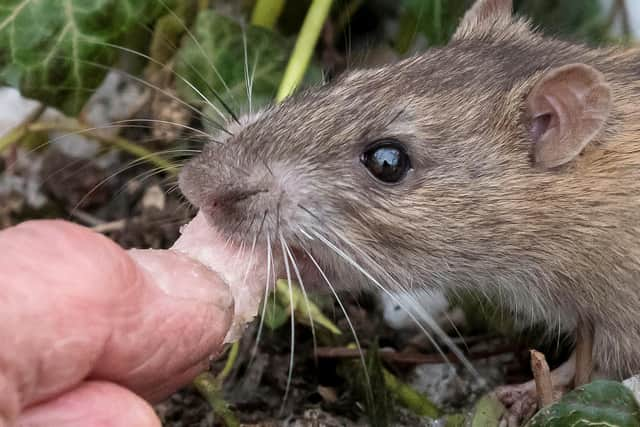

"Then, one day, I was walking towards the fence with the food in my hand, when a robin just flew over and landed on my hand and perched there for about a minute with little concern.
"I was in utter disbelief and I thought no one would ever believe me, so I went out and bought a camera - despite not knowing the first thing about cameras."
Steve continued returning to the site close to his home in Whitwell, on a regular basis - and soon found the birds would recognise his car pulling up.
Advertisement
Hide AdAdvertisement
Hide AdAnd the more interest the birds took, other wildlife including voles and rats turned up to get in on the action.
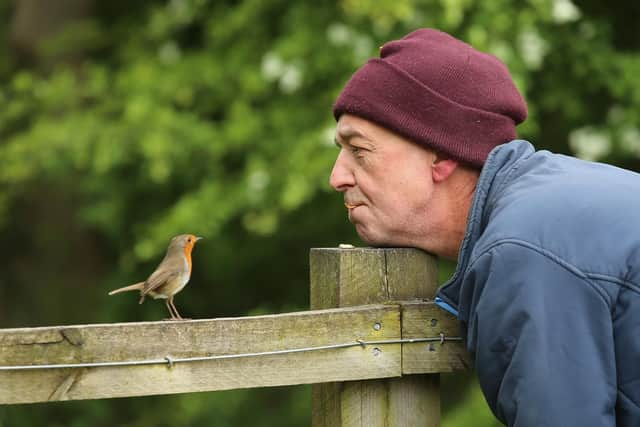

"I feed the wildlife every day without fail and around the same time if possible," said Steve.
"Nowadays, they seem to recognise my car pulling up, and a quick whistle usually summons them.
"I think the prerequisites are patience and consistency.
"For birds, I would suggest that the best way to start is to place your hand (with food) on a tree branch.
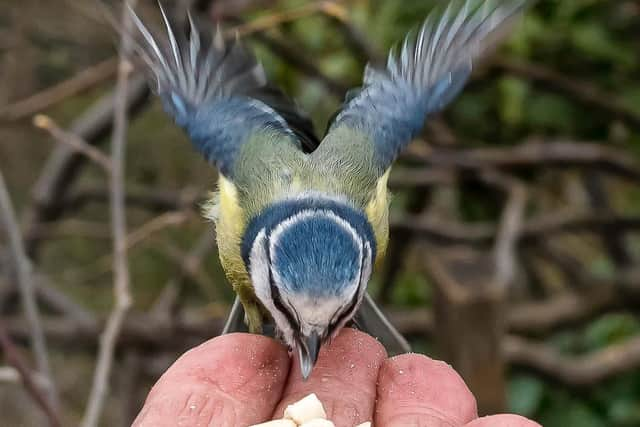

Advertisement
Hide AdAdvertisement
Hide Ad"This way, the bird has the security of the tree to dive back into.
"The bank voles started to appear when the scraps of bird food were falling on the floor and so I started to photograph them coming in and out of the undergrowth.
"It took me 22 days to get the first bank vole to hand feed."
Steve, who also works as a lab technician, feeds the creatures out of his left hand so that he can operate his camera with his right.
Advertisement
Hide AdAdvertisement
Hide AdHe said: "As the bird becomes more trusting, you can move your hand into the open, and it will eventually come onto the hand for food.
"Some birds will shoot on and off in the blink of an eye, and some will stop for a while.
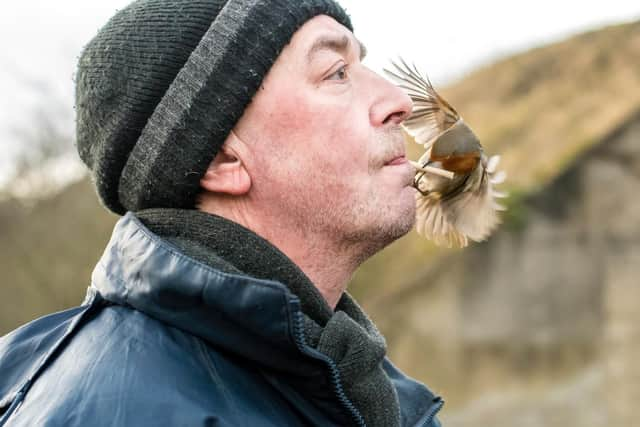

"Once they’re used to me, they’re straight on my hand and I’ll fire a burst off. The clicking of the camera doesn’t normally bother the birds although the bank voles and shrews are a little more nervous to start with.
"They’re also usually waiting for me and I also notice that birds that hand feed seem to encourage a lot of other birds to overcome their fears.
Advertisement
Hide AdAdvertisement
Hide Ad"Once they’ve hand fed once they do seem to hand feed regularly then."
But despite most birds and many other small creatures becoming friendly with Steve, there are many he hasn't yet managed to tame.
He said: "I’d probably describe some birds as being bolder than others as opposed to being friendlier.
"Robins are by far the boldest birds. They are the ones that will tend to stay the longest, especially if they’re being territorial and trying to stop others from coming for the food.
Advertisement
Hide AdAdvertisement
Hide Ad"I’ve had robins, blue tits, great tits, longtail tits, dunnocks and pheasants hand feeding, but I’ve never had a chaffinch or a blackbird.
"Bear in mind, though, that some will never venture onto your hand no matter how patient you are.
"I do find, though, that once a bird has taken food from my hand once, then it seems to become second nature.
"It's just getting them to take that initial step that’s the hardest part for them."